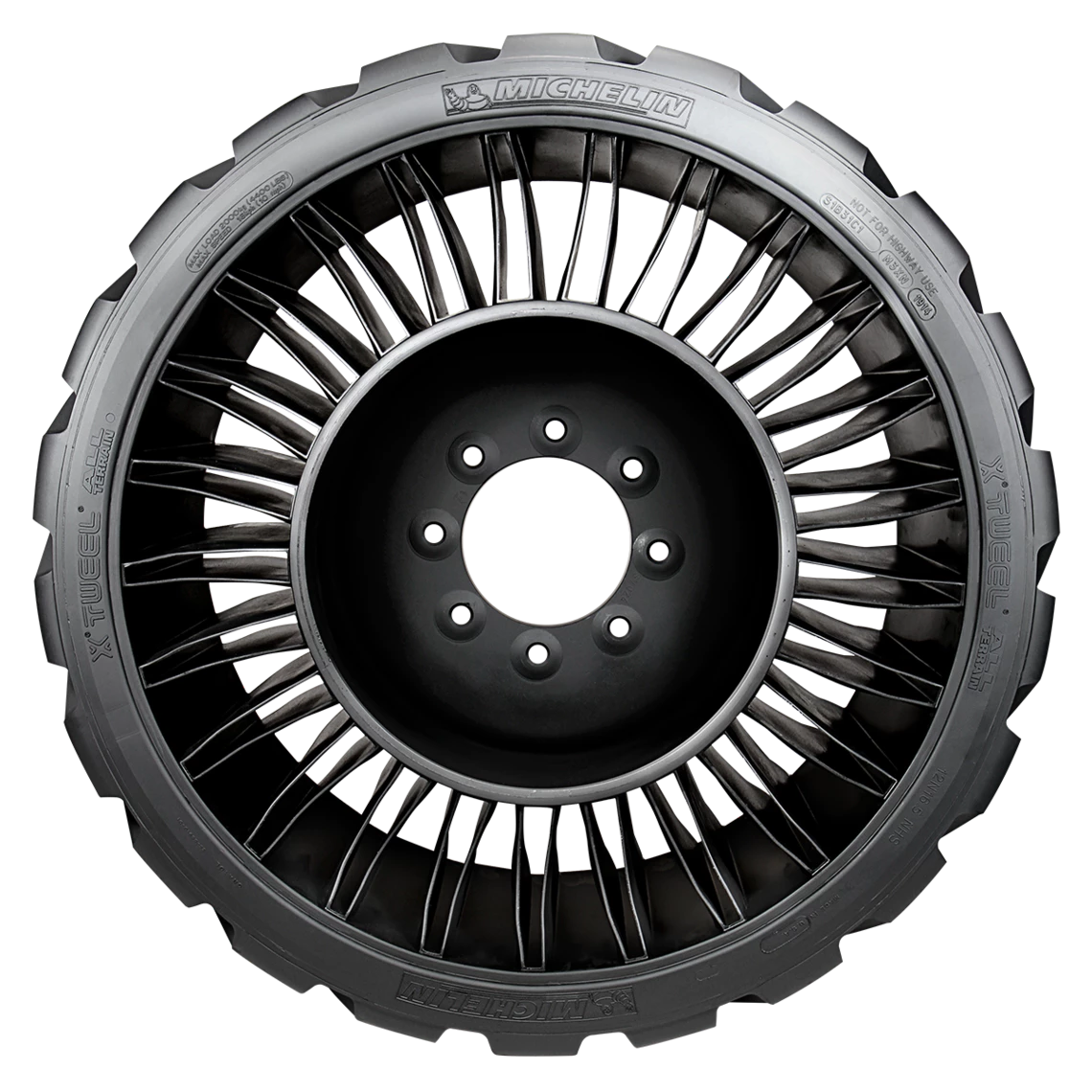Common chatter amongst car enthusiasts and potential buyers suggests that Electric Vehicles (EVs) eat through tires quicker than their Internal Combustion Engine (ICE) counterparts. Some speculate that the life of a tire on an EV is dramatically abbreviated, with figures as low as 15,000 miles tossed into the conversation. Misinformation of this sort not only sows doubt but can also deter consumers from going electric, impacting EV sales.
Understanding the Torque Temptation in EVs
The driving experience in an electric vehicle comes with certain temptations that can affect tire life. One such temptation is the instant torque delivery, which, while exhilarating, can accelerate tire wear. Even more budget-friendly EVs, such as the Bolt EUV, deliver a substantial push from a standstill that rivals the surge typically associated with a beefy V8, albeit only up to about 30 MPH. Since city driving involves frequent starts and stops within this speed range, this can lead to increased visits to the tire shop.
Fueling this problem is the reduced fear of wear-and-tear on the EV’s powertrain; EVs don’t have the intricate mechanical workings of ICE vehicles that you might worry about damaging with aggressive driving. Furthermore, the cost penalty for spirited driving doesn’t hit as hard for EV owners since electricity is less expensive than gas, and a spike in energy consumption is barely noticeable on your utility bill.
However, if driven with the same reserve as fuel-powered vehicles, EVs would likely exhibit similar tire wear to what drivers are accustomed to. While heavier and more powerful, EVs only use as much power as directed by the driver’s foot, meaning excessive wear is often a product of driving style rather than vehicle design.
The Future of Tire Technology and Airless Innovations
Advancements in tire technology are showing promise in reducing the wear caused by EVs. Modern tires, such as the LTX series currently being tested, are showing improved resilience against the higher torque present in most modern vehicles. As tire manufacturing continues to adapt to the unique demands of electric propulsion, we can expect further progress in prolonging tire life.
Looking ahead, airless tire technology looms on the horizon. The appeal of Tweels – a tire-wheel hybrid – is becoming too great for the market to overlook. These tires not only eliminate the need for air pressure but may also support innovative retreading techniques. Potential future scenarios could involve 3D-printed tread applications that cater to specific needs or changing weather conditions, ensuring that even the most enthusiastic EV drivers can enjoy the benefits of both performance and longevity.
In conclusion, while it’s true that the driving habits fostered by the thrill of EV torque can challenge tire durability, ongoing advancements in tire technology together with smarter driving can ensure that electric vehicles remain a sustainable and enjoyable option for the eco-conscious speed enthusiast.
